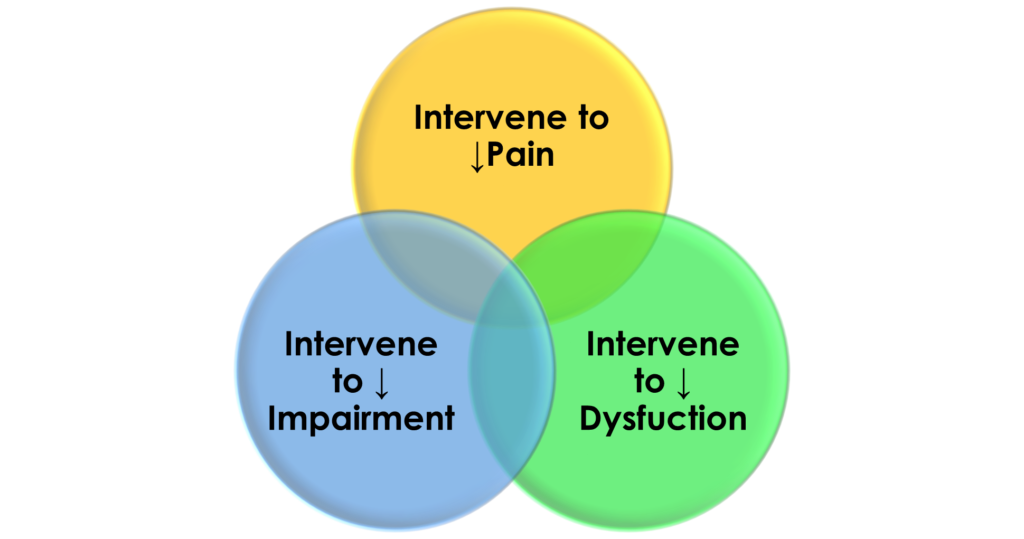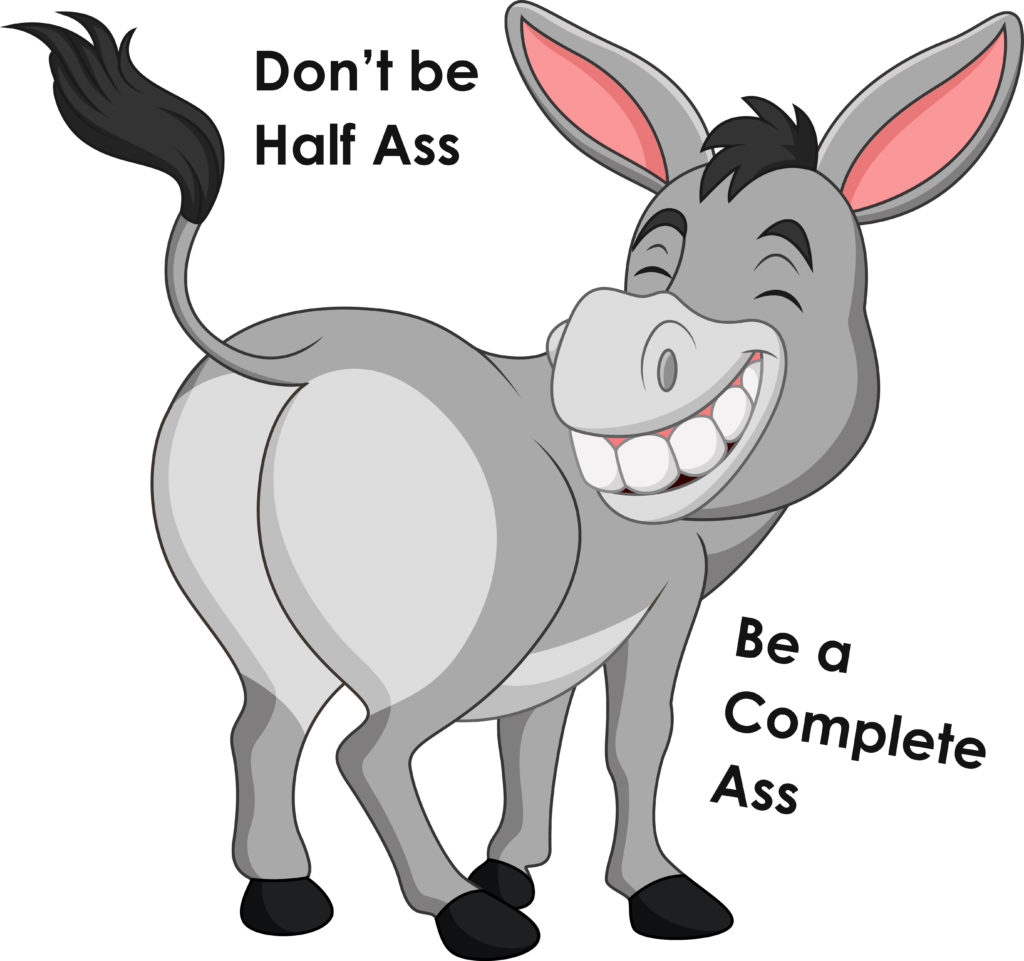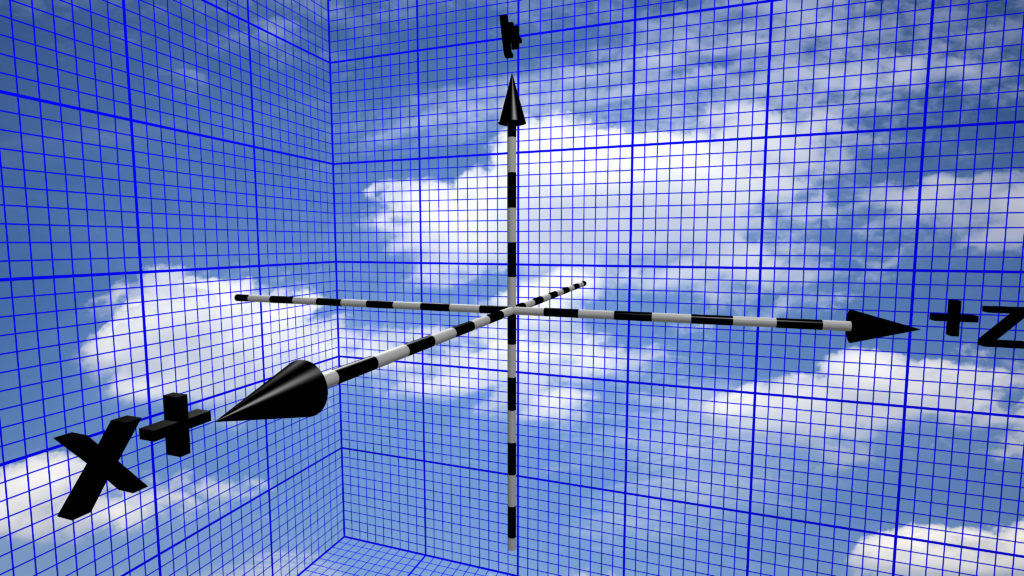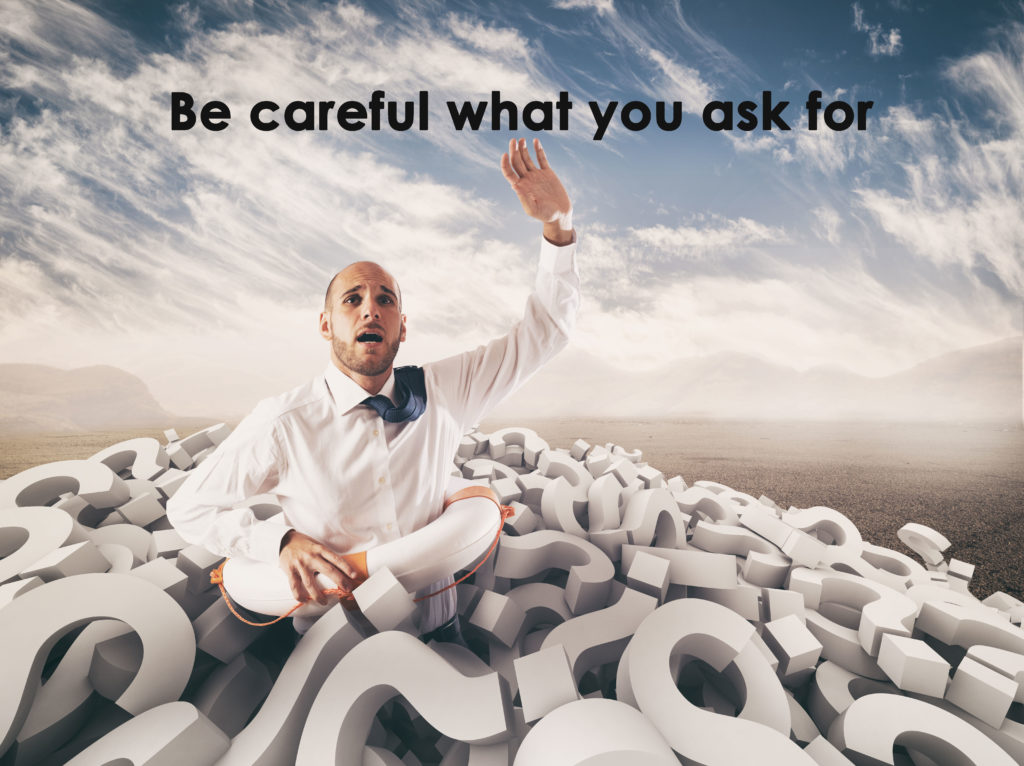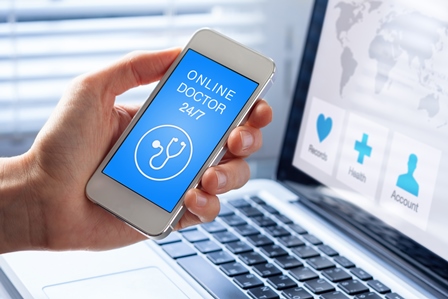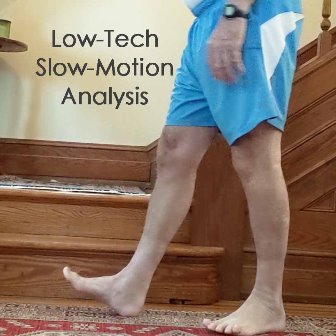Spine
Half Seat Lateral Wedge for Lateral Pelvic Tilt Sitting
Shoe lifts or lifts in the shoe are a common treatment for leg length discrepancy. Why are lifts not used for lateral pelvic tilt when sitting? In a previous blog article, I described lateral pelvic tilt and anatomical versus functional lateral pelvic tilt. Lateral pelvic tilt can result from individual structural variation, and defective chair or…
Read MoreChoices of interventions for musculoskeletal pain syndromes: decrease pain, improve impairment, resolve dysfunction
There are multiple and varied interventions that can tackle the contributing factors of pain, impairment, and dysfunction that occurs with musculoskeletal pain syndromes. Pain impairs an individual’s ability to function Impairment is loss of use or derangement of any body part, organ system, or organ function. Dysfunction is an alteration of an individual’s capacity to…
Read MoreSurgery vs non-surgical intervention -Decision for musculoskeletal pain syndrome
When deciding whether to proceed with irreversible intervention such as elective or discretionary orthopedic surgery it is essential to consider the biases of the surgeon, non-surgical healthcare provider, and the patient. For many orthopedic injuries especially nontraumatic or less acute musculoskeletal pain syndromes surgery can be an intervention option. For many if not most musculoskeletal…
Read MoreHome based Physical Therapy Services – unique benefits of observing real-world issues
Traditionally physical therapy services provided at a person’s home occurs when the individual was “homebound.” According to Medicare regulations homebound is the patient requires assistance to leave home and that when they do, it requires a considerable, tasking effort. This is no longer the case. You do not need to be considered home-bound to receive…
Read MoreButt pain – Isometric Exercises
“Butt Pain.” has different tissue diagnoses. Possible diagnoses are sciatica; piriformis syndrome; gluteal tendinopathy; hamstring tendinopathy; bursitis; hip arthritis; and others. There are many treatments for butt pain. My “go-to” exercise for butt pain is isometric contractions of the gluteal muscles. In my experience rarely is trying to “stretch it out” effective treatment for butt…
Read MoreOptimizing human movement requires clarity of description of movement
To know where you are going you must first know where you are. To optimize human movement, analysis of human movement is required. To identify optimal human movement clear qualitative and quantitative descriptions are needed. When describing human movement confusion occurs when we fail to clearly identify a frame of reference and reference point. A…
Read MoreDiagnostic imaging pros & cons – be careful what you ask for
There are many reasons to request a diagnostic image such as a radiograph (X-ray), MRI, sonogram (ultrasound), and CT scan. They are to diagnosis a pathology/trauma; determine treatment options; screen for contraindications; biomechanical analysis; provide reassurance; medical legal reasons; and financial gain for the healthcare provider. Requests for diagnostic imaging must come from a licensed…
Read MorePhysical Therapy Telehealth: It works well for some, not for others
The COVID 19 pandemic crisis has many challenges for the standard everyday health care and medicine. The pandemic resulted in a sudden increase of telehealth services. There are reports there has been an 18% increase in the number of healthcare providers providing telehealth services in response because of the pandemic. Healthcare providers and patients are…
Read MoreLow-Tech Slow-Motion Analysis – “Dance Step to Nowhere
NDeviant movement during walking contributes to the development of or compensation for musculoskeletal pain syndromes. Diagnosis and treatment occur with visual observation and analysis of gait. The use of a smartphone video facilitates the analysis of motion walking. However, there are times when less technological motion analysis is necessary. When dealing with painful musculoskeletal syndromes…
Read MoreSymptom modification of painful gait
Symptom modification procedure is common practice in the Physical Therapy profession. This procedure involves identifying the specific movement, posture, and/or activity that reproduces the patient’s symptoms. Historically diagnosis of musculoskeletal problems was based on examination which selectively provoked musculoskeletal tissues by compressing or stretching the various tissues to provoke the symptoms. This provided direction for…
Read More

